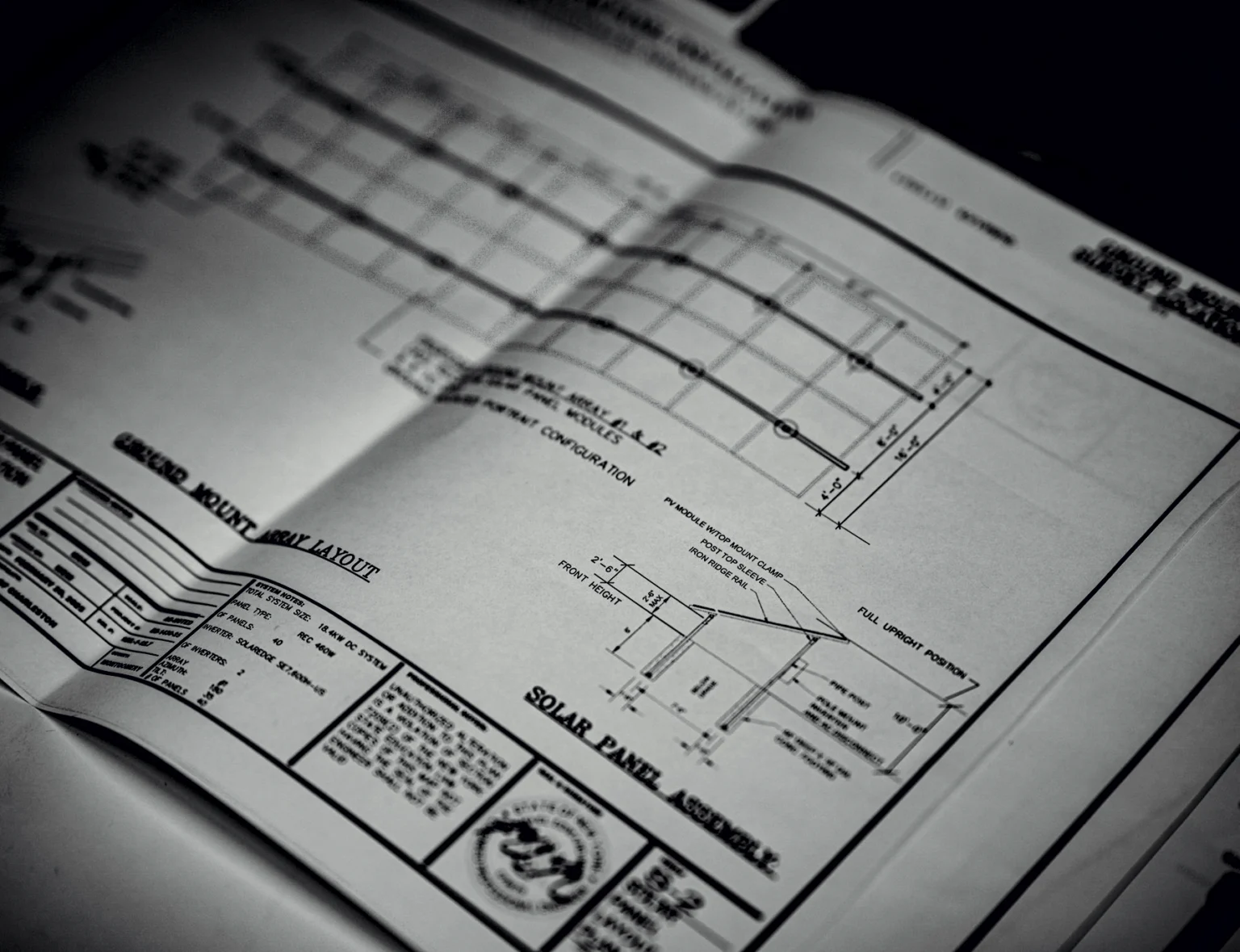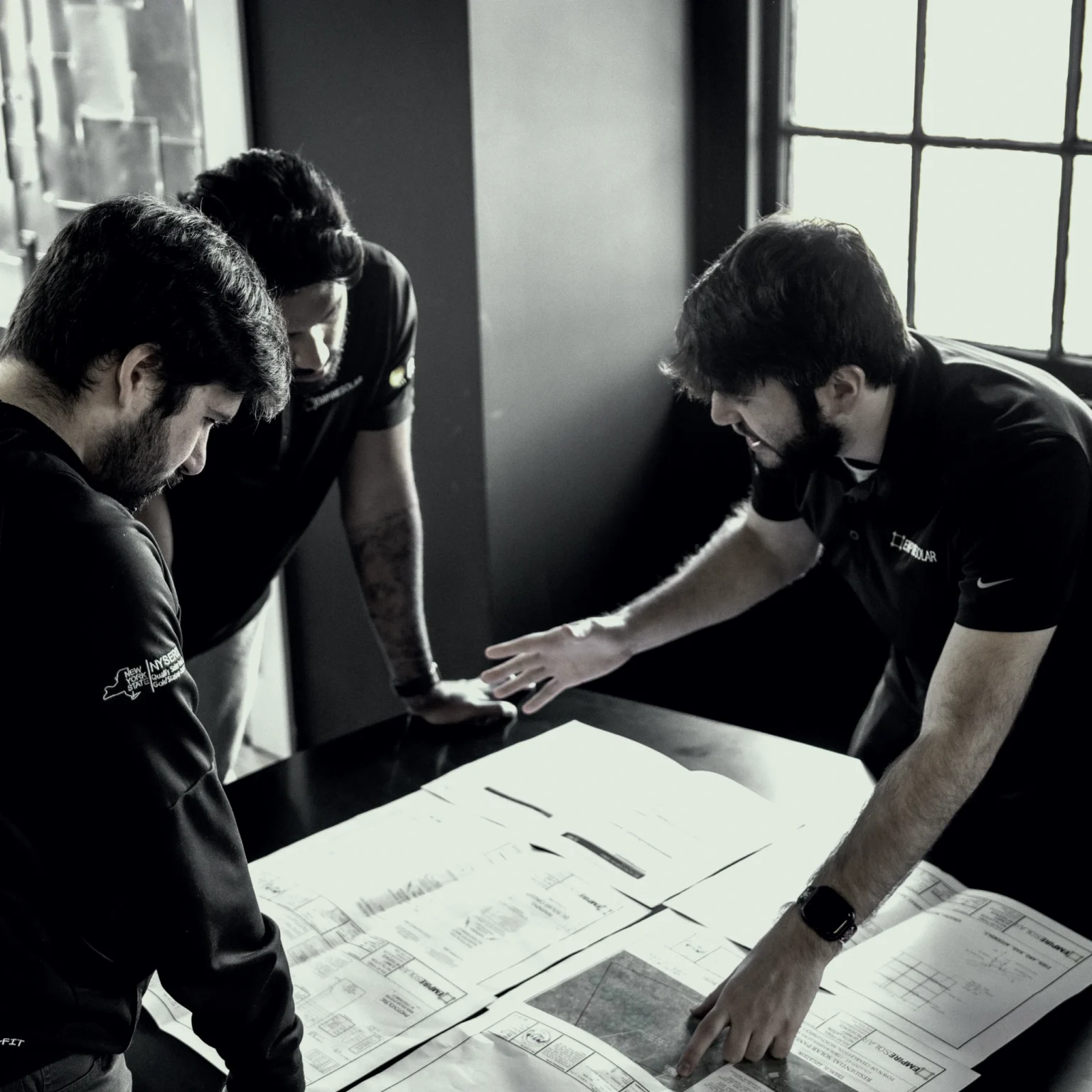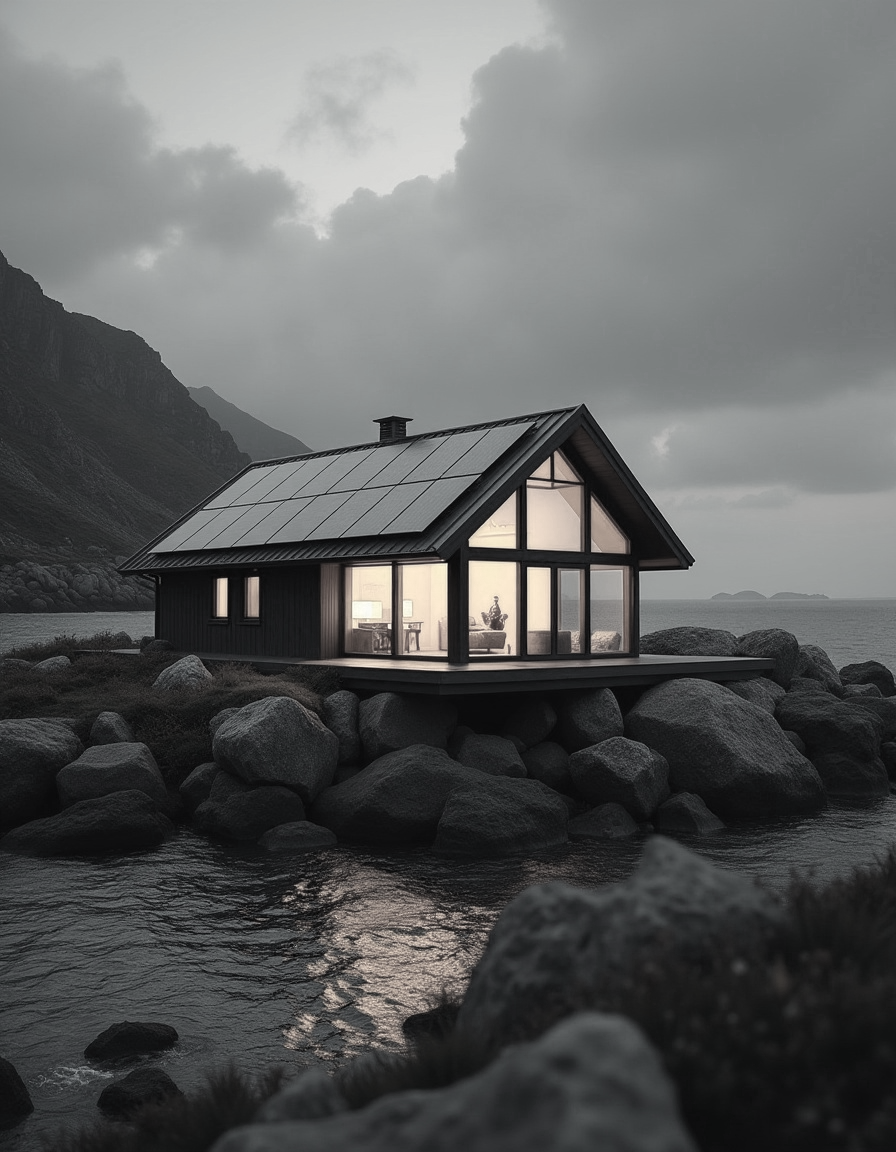The foundation of your solar system, premium panels maximize energy production and long-term savings. With advanced efficiency, durability, and sleek designs, the right panels deliver optimal performance for decades.
The heart of your solar system, inverters convert sunlight into usable power for your home. Whether microinverters or power-optimized string inverters, choosing the right technology guarantees maximum energy output and reliability.
A secure and durable mounting system is essential for long-lasting solar performance. High-quality racking protects your roof, keeps panels stable, and withstands extreme weather conditions for decades of worry-free energy production.
If energy independence is your goal, a battery allows you to store solar power instead of drawing electricity from the grid, offering more self-sufficiency.


Roof structure, sun exposure, and energy consumption are carefully assessed to create a high-efficiency solar plan designed to match your home's unique needs.

Every detail of your solar setup - from panel selection to inverters - is carefully tailored to align with your specific goals, preferences, and lifestyle.

From installation to final activation, every step is carried out with expert precision to guarantee your system operates at peak efficiency from day one.
The best solar setup depends on your energy needs, roof space, and budget. Our team customizes every system for maximum efficiency and savings.
Premium solar components offer higher efficiency, longer warranties, and better durability. However, some homes may benefit from a more cost-effective system based on their energy usage.
With Empire Solar Solutions, you'll own the solar panels from day one. Unlike leasing, which leaves the company in control, our financing option gives you full ownership, maximizing your long-term savings and value.
Detailed specifications for all our products can be found on our Product Specifications page.